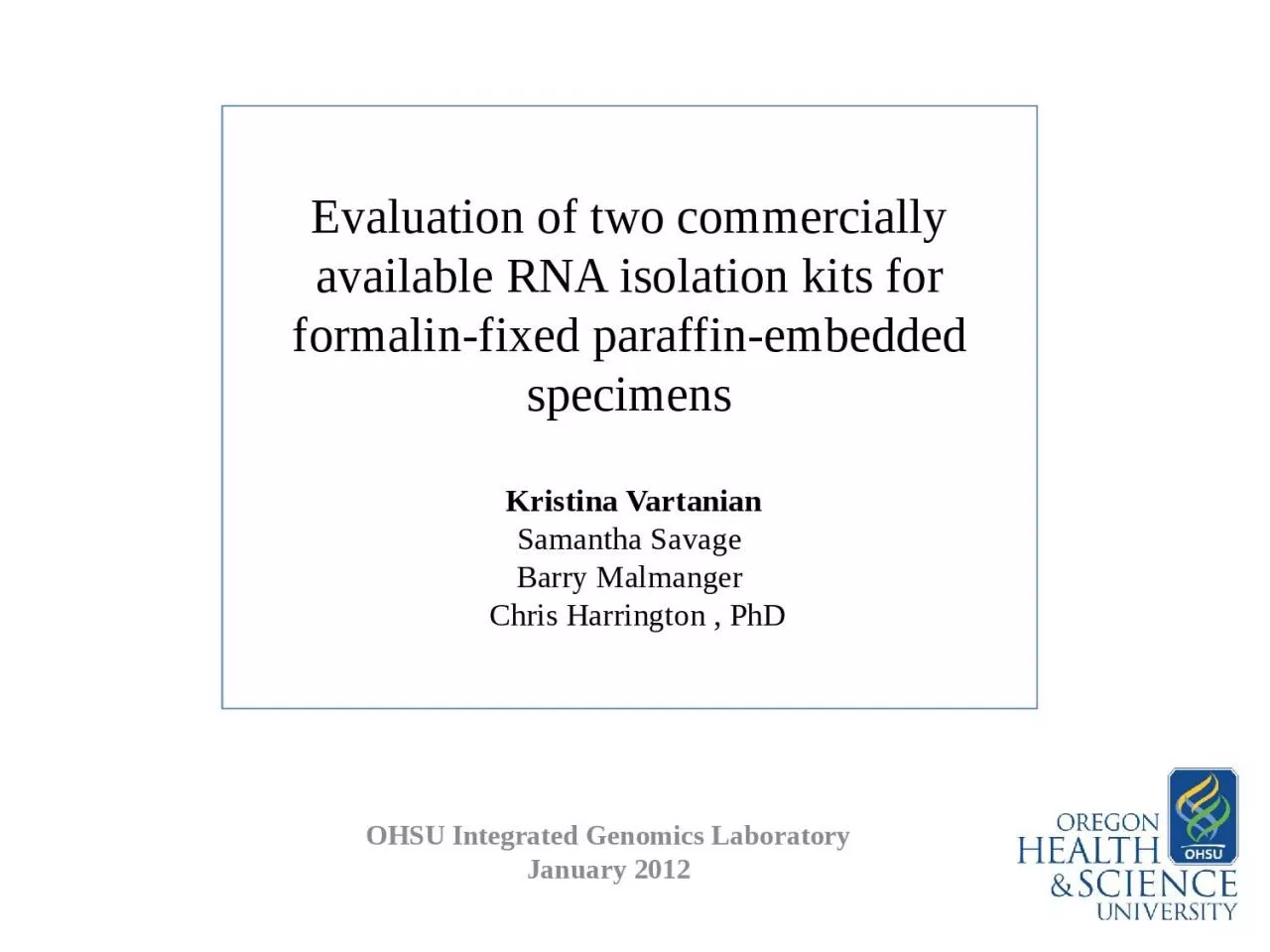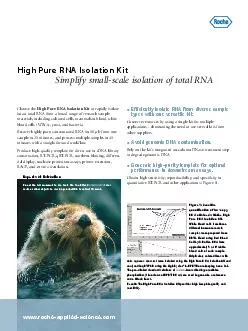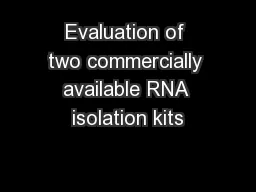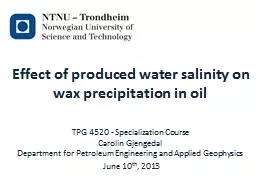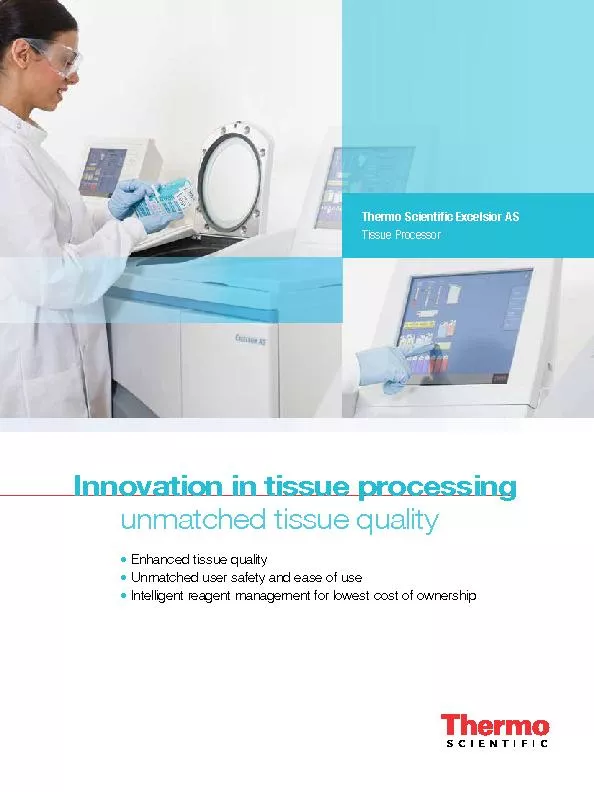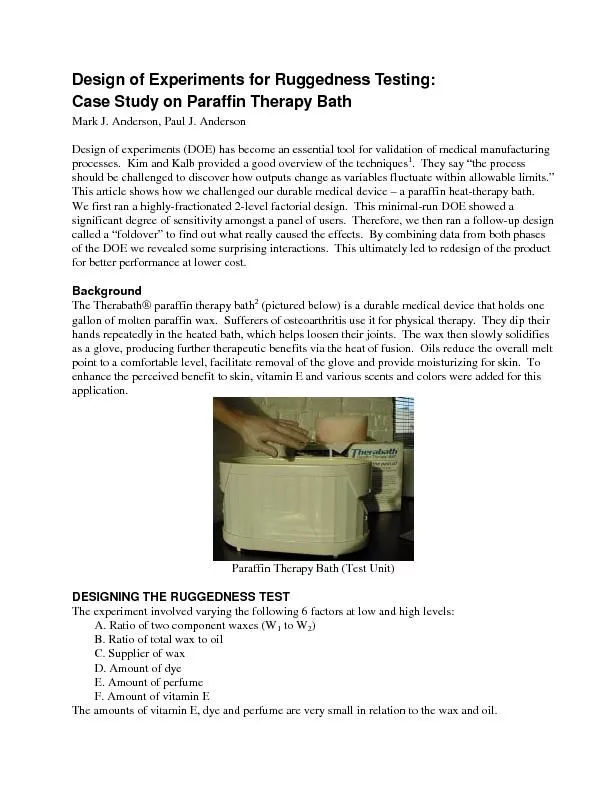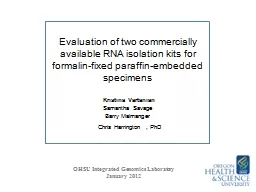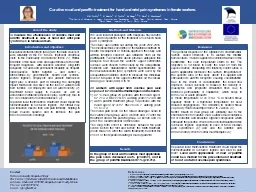PPT-Evaluation of two commercially available RNA isolation kits for formalin-fixed paraffin-embedded
Author : evans | Published Date : 2024-03-15
Kristina Vartanian Samantha Savage B arry Malmanger Chris Harrington PhD OHSU Integrated Genomics Laboratory January 2012 Introduction OHSU Integrated Genomics
Presentation Embed Code
Download Presentation
Download Presentation The PPT/PDF document "Evaluation of two commercially available..." is the property of its rightful owner. Permission is granted to download and print the materials on this website for personal, non-commercial use only, and to display it on your personal computer provided you do not modify the materials and that you retain all copyright notices contained in the materials. By downloading content from our website, you accept the terms of this agreement.
Evaluation of two commercially available RNA isolation kits for formalin-fixed paraffin-embedded: Transcript
Download Rules Of Document
"Evaluation of two commercially available RNA isolation kits for formalin-fixed paraffin-embedded"The content belongs to its owner. You may download and print it for personal use, without modification, and keep all copyright notices. By downloading, you agree to these terms.
Related Documents

